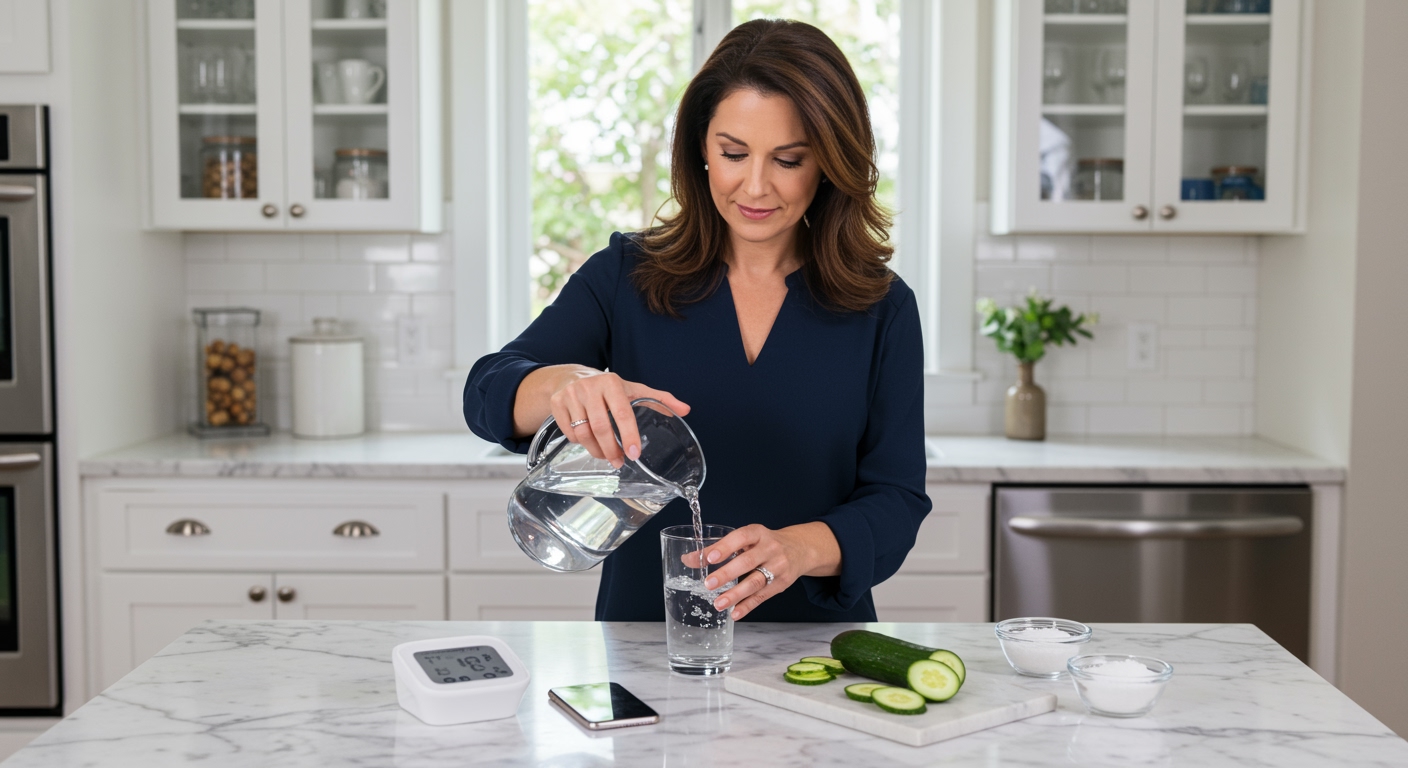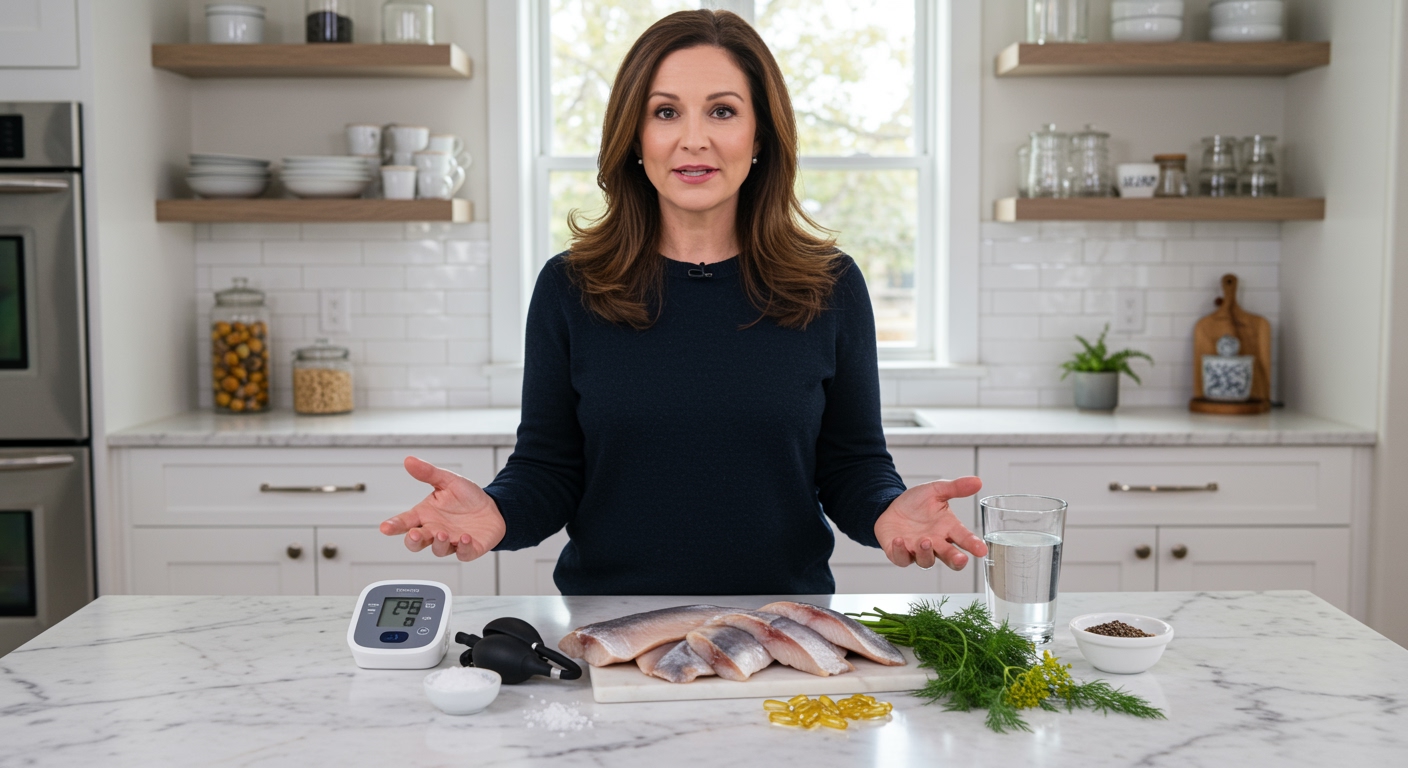✪ Key Takeaway: Corn contains potassium and magnesium that may help raise low blood pressure naturally when eaten as part of a balanced diet.
Introduction
You grab an ear of corn at the grocery store and wonder if this golden grain could help your low blood pressure.
Many people with hypotension search for natural ways to support their blood pressure levels through food choices.
Hi, I am Abdur, your nutrition coach and today I am going to explain how corn affects low blood pressure and whether it deserves a place on your plate.
What Nutrients in Corn Support Blood Pressure?
Corn contains several key minerals that play important roles in blood pressure regulation.
Potassium stands out as the most significant nutrient for blood pressure support in corn.
One cup of corn kernels provides about 325 milligrams of potassium, which helps your blood vessels relax and improves circulation.
Your body uses potassium to balance sodium levels, and this balance directly affects how much fluid pressure builds up in your arteries.
Magnesium in corn also contributes to blood pressure regulation by helping your heart muscle contract properly and keeping your blood vessels flexible.
Corn provides about 37 milligrams of magnesium per cup, which works alongside potassium to support healthy cardiovascular function.
✪ Fact: Yellow corn contains more potassium than white corn varieties.
How Does Corn Compare to Other Blood Pressure Foods?
Corn offers moderate benefits for blood pressure compared to other potassium-rich foods.
Bananas contain about 420 milligrams of potassium per medium fruit, making them more potent than corn for blood pressure support.
However, corn provides sustained energy through complex carbohydrates that bananas cannot match.
Sweet potatoes deliver 540 milligrams of potassium per medium potato, significantly outperforming corn in this area.
But corn has a lower glycemic index than sweet potatoes, causing less dramatic blood sugar spikes that could affect blood pressure.
Spinach and other leafy greens provide more magnesium than corn, but corn offers better palatability for people who struggle with vegetable intake.
✪ Pro Tip: Combine corn with leafy greens to maximize your blood pressure supporting nutrients.
Can Corn Raise Blood Pressure Too Much?
Fresh corn rarely causes blood pressure spikes in people with hypotension.
The natural sugars in corn release slowly into your bloodstream, preventing the rapid changes that could affect blood pressure regulation.
However, processed corn products like corn chips or high-fructose corn syrup can create problems.
These processed versions often contain added sodium that could raise blood pressure too quickly for some people with hypotension.
Your body handles whole corn much better than corn-based processed foods because the fiber slows nutrient absorption.
People with diabetes should monitor their response to corn since blood sugar fluctuations can influence blood pressure patterns.
✪ Note: Always choose fresh or frozen corn over canned varieties with added sodium.
What Is the Best Way to Eat Corn for Low Blood Pressure?
Steaming or grilling corn preserves the most blood pressure supporting nutrients.
Boiling corn in water can leach out some potassium and magnesium, reducing its effectiveness for blood pressure support.
Add a pinch of sea salt to your corn to provide additional minerals that support blood pressure regulation.
Pairing corn with healthy fats like olive oil or avocado helps your body absorb fat-soluble vitamins that support cardiovascular health.
Eating corn with protein sources like beans creates a complete amino acid profile that supports overall heart function.
Timing matters too – eating corn earlier in the day gives your body more time to process the carbohydrates without affecting nighttime blood pressure patterns.
✪ Pro Tip: Eat corn with the husk when possible as it contains additional fiber and minerals.
How Much Corn Should You Eat for Blood Pressure Benefits?
One cup of corn kernels three times per week provides meaningful blood pressure support without overdoing carbohydrates.
This amount delivers about 975 milligrams of potassium weekly, contributing significantly to your daily mineral needs.
People with severe hypotension might benefit from slightly larger portions, but should consult their healthcare provider first.
Your individual response to corn depends on your overall diet, activity level, and other health conditions that affect blood pressure.
Start with smaller portions and monitor how your body responds over several weeks before increasing intake.
Remember that corn works best as part of a varied diet rather than as your primary source of blood pressure supporting nutrients.
✪ Fact: Fresh corn season runs from May through September in most regions.
The Bottom Line
Corn can be a helpful addition to your low blood pressure management plan when eaten in appropriate amounts and prepared properly.
Good nutrition is not about finding miracle foods, but about building sustainable eating patterns that support your health goals over time.
I would love to hear about your experience with corn and blood pressure in the comments below – share your questions, success stories, or any concerns you might have.
References
At NutritionCrown, we use quality and credible sources to ensure our content is accurate and trustworthy. Below are the sources referenced in creating this article:
- Healthline: Corn Nutrition Facts and Health Benefits
- PubMed: Potassium and Blood Pressure Research
- Nebraska Corn Board: Six Surprising Health Benefits of Corn
- Sage Journals: Dietary Approaches to Blood Pressure Management





